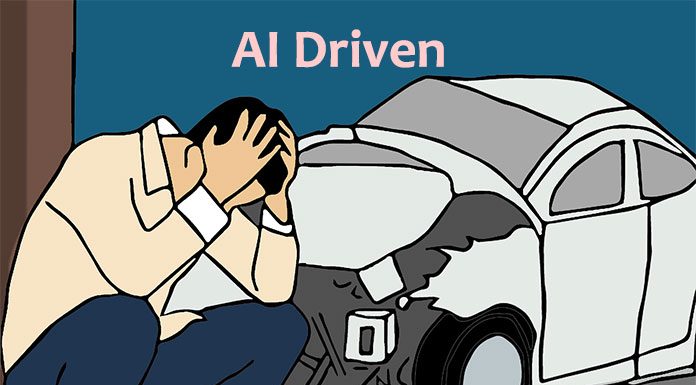Artificial intelligence provides unprecedented opportunities for the insurance industry. Along with these benefits, however, come new challenges. AI will be a key enabler for insurance businesses to prepare themselves for the emerging risks that result from an increasingly digital world, according to data and analytics company, GlobalData.
In its report ‘Artificial Intelligence in Insurance', the company highlights how AI is set to impact the global insurance sector in coming years, and identifies several regulatory concerns that the sector will face in its efforts to accommodate the new risk management models.
At the same time, as the adoption of AI increases, insurers will continue to explore examples of how AI can be used to address many current operational challenges – in particular, streamlining underwriting processes. Overall, intelligent augmentation and automation of data collection, sharing and processing will be vital to avoid inadequate and poor risk modelling in the digital future.
“Incompatible legacy systems mean that data entry may take longer and involve costly duplication and entry errors. Inaccurate or absent data leads to poor pricing decisions and underwriting processes, resulting in inadequate risk assessment and negative consequences for the capital reserve,” says Ruby Ghunia, Digital Insurance Practices Lead Analyst at GlobalData.
According to a study conducted by GlobalData, global insurers have invested heavily in the AI areas of machine learning (46%), robotic process automation (42%) and robo-advisor/virtual agents (38%).
“This adoption stems from the huge potential of AI to fill gaps specific to the insurance industry, narrowing the protection gaps in some emerging markets, and covering new rising risks in developed markets while reaping the rewards of digitalization and ‘side-step compounded tangle' systems,” said Ghunia.
However, regulators are fretting about the perils of AI in insurance. According to a 2017 report by the Financial Stability Body (FSB), the insurance industry is increasingly becoming dependent on third-parties/firms that provide AI and ML solutions and the real threat comes from the fact that these firms are not bounded by regulations.
The FSB report noted the paradoxical nature of AI, and ML in particular. While an ML algorithm may seem to offer better understanding of customers' needs, more affordable coverages and improved customer service, it might lead to adverse risk selections, where insurance become unaffordable.
“The greater challenge for the insurance industry lies in the fact that the world is becoming more connected and digital, which in turn changes the nature of risk and affects demand, primarily driven by consumer/business behaviors and technology adoption. The risks consumers and business face have changed faster than their insurance policies. New business and pricing models are therefore needed to keep up and provide insurance coverage aligned with emerging risks,” said Ghunia.







